To say that Tanzania, in East Africa’s Great Lakes region, is home to some heavy hitters is something of an understatement. It’s home to the continent’s tallest mountain, Kilimanjaro, as well as its largest lake, Victoria.
There’s also the Zanzibar Archipelago, one of the planet’s most idyllic set of islands. But even more worthy of superlatives is the Serengeti, perhaps the world’s premier safari destination. So much to do, so little time, right? Well, we’re here to help with the planning part, with these; our 9 of the key places to plan your safari in Tanzania around.
The Serengeti National Park
Tanzania has 16 national parks and more than 5 game reserves and other protected areas, all boasting wildlife, flora and fauna unrivalled pretty much anywhere on earth. The big one, though, is without doubt the Serengeti, acknowledged as one of the ten travel wonders of the world.
Located in Northern Tanzania and spanning over 12’000 square miles, if it’s safari you’re after, this place has got you covered. Because it’s all about catching a glimpse of those Big Five right? And in the Serengeti, lions, elephants, leopards, rhinos and buffalo all prowl the savannah. But all of that pales into insignificance compared to – cue David Attenborough voiceover – ‘the greatest wildlife spectacle on earth’; that is, the enormous migration of wildebeest and zebra.
The good news is that a luxury Tanzania safari that takes in the Serengeti isn’t quite as prohibitively expensive as you might expect; you’ll find prices starting at around £350 a night for accommodation and activities combined.

The Ruaha National Park
Tanzania’s largest national park might fly somewhat under the radar compared to its northern counterparts, but that’s precisely what makes Ruaha such a compelling destination. Located in the country’s central region, this vast wilderness spanning more than 20,000 square kilometres offers a more secluded, intimate safari experience away from the well-trodden tourist circuits.
The park’s dramatic landscape, characterised by the mighty Great Ruaha River, ancient baobab trees, and rolling hills, provides a spectacular backdrop for wildlife viewing. It’s particularly renowned for its impressive population of elephants—some 10,000 of these magnificent creatures call Ruaha home. The park also boasts one of East Africa’s highest concentrations of lions, alongside healthy populations of leopards, cheetahs, and rare African wild dogs.
What sets Ruaha apart is its unique position at the crossroads of eastern and southern African species, meaning visitors can spot both Greater and Lesser kudus – a rare treat for wildlife enthusiasts. Accommodation options range from luxury lodges to authentic bush camps, with prices typically lower than those found in the Serengeti.
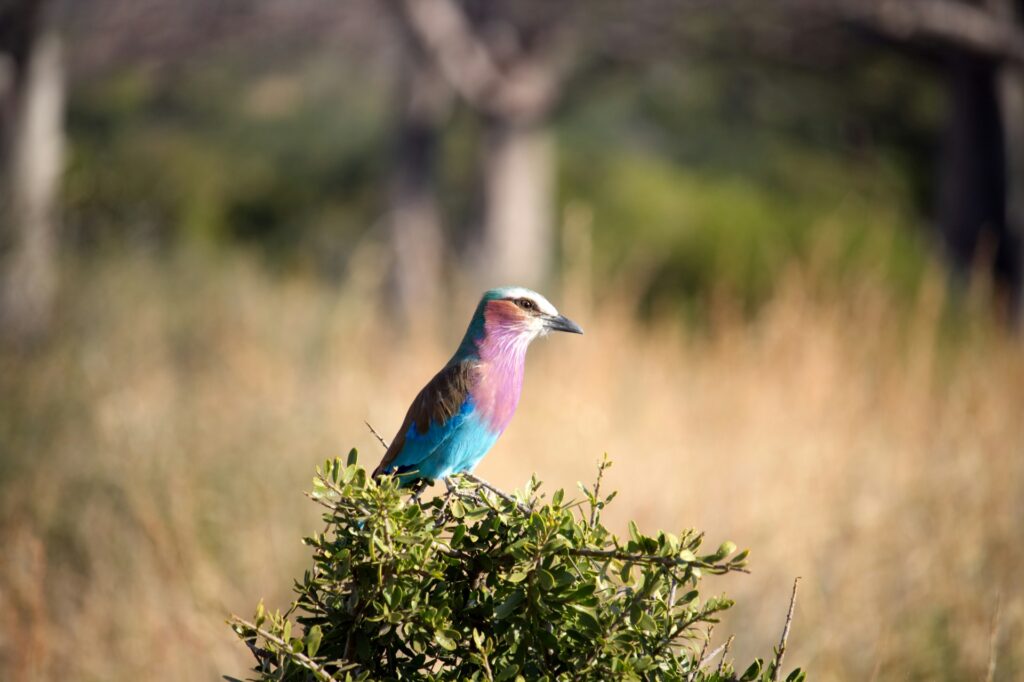
The Selous Game Reserve
Recently renamed as Nyerere National Park, this UNESCO World Heritage site is Africa’s largest game reserve and one of Tanzania’s most diverse wildlife sanctuaries. The mighty Rufiji River runs through its heart, creating a network of channels, lakes, and swampland that attracts an incredible variety of wildlife.
Unlike the open plains of the Serengeti, Selous offers a different kind of safari experience, with boat safaris complementing traditional game drives. Gliding along the river channels, visitors can observe pods of hippos wallowing in the shallows, enormous Nile crocodiles basking on sandbanks, and a spectacular array of water birds. The reserve is also one of the few places in Tanzania where you can enjoy walking safaris, offering an entirely different perspective on the African bush.
What makes Selous particularly special is its relatively low visitor numbers, meaning you’re more likely to have wildlife sightings to yourself. The best time to visit is during the dry season (June to October) when animals congregate around water sources.
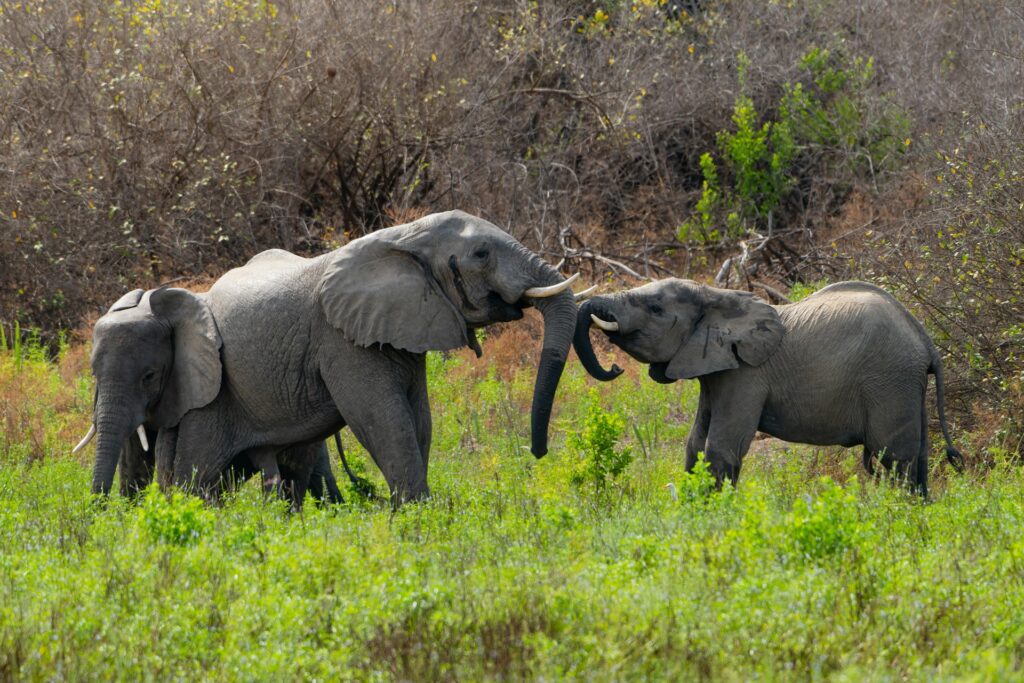
The Tarangire National Park
Often overlooked in favour of its more famous neighbours, Tarangire National Park is a hidden gem that truly comes into its own during the dry season. Named after the Tarangire River that winds through its heart, this park is renowned for its extraordinary concentration of elephants—sometimes gathering in herds of up to 300 strong—and its ancient baobab trees, some of which are thought to be over 1,000 years old.
The park’s diverse landscape includes sprawling grasslands, dense woodland, and seasonal marshes, each supporting different wildlife species. During the dry season (June to October), the Tarangire River becomes a lifeline for wildlife, attracting massive concentrations of animals from the surrounding Masai steppe. This creates spectacular wildlife viewing opportunities, particularly around the permanent water sources.
What’s particularly special about Tarangire is its excellent population of tree-climbing pythons and its remarkable birdlife—more than 550 species have been recorded here. The park also offers night game drives in certain areas, providing the rare opportunity to spot nocturnal creatures like leopards, bushbabies, and the elusive aardwolf.
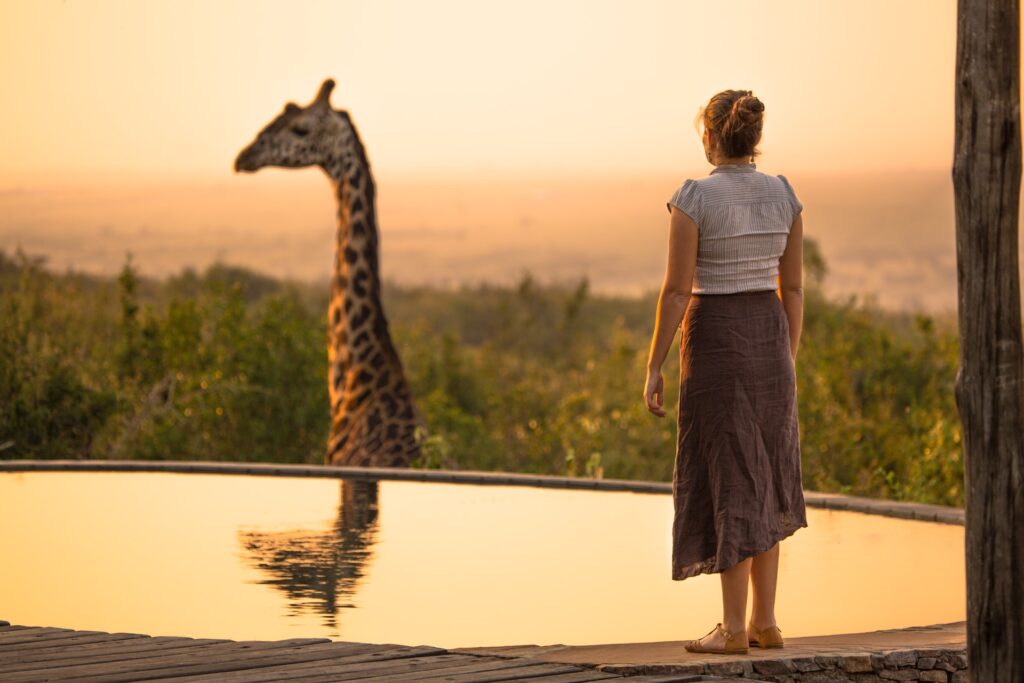
Lake Manyara
Close to Tanzania’s ‘other’ premier safari destination, Arusha National Park, is Lake Manyara, a national park in itself and home to wildebeest, zebra and gazelles, as well as the odd tree-climbing lion and African elephants, too. But it’s not just the animals here which make Lake Manyara a headlining act; during the wet season (November to May) especially, the lake boasts plenty of action. Keep an eye out for flamingos, stalks, herons and cohabiting hippos especially!
The park’s unique ecosystem is dominated by the alkaline lake, which can cover up to 200 square kilometres during the wet season but shrinks dramatically in the dry months. This fluctuation creates diverse habitats that support an extraordinary variety of wildlife. Visitors can explore the groundwater forest, acacia woodland, and grassy floodplains, each offering distinct wildlife viewing opportunities. The park is also home to some of Tanzania’s best bird-watching opportunities, with over 400 species recorded, including significant populations of pelicans, cormorants, and sacred ibis.
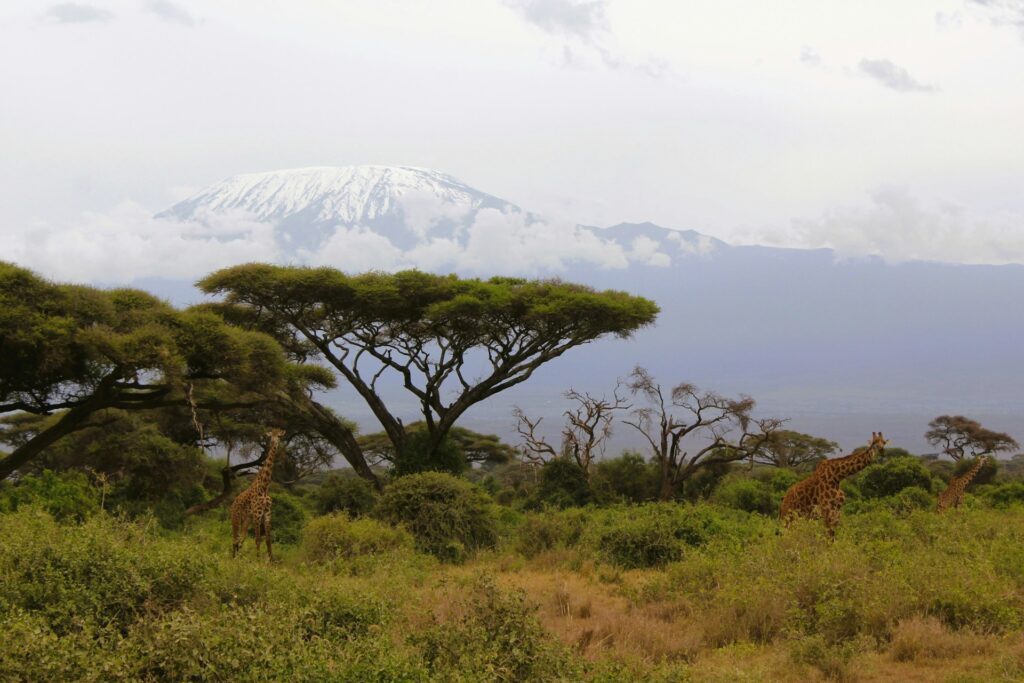
Kilimanjaro
For those looking to take on a challenge this new decade, scaling the ‘the roof of Africa’ would certainly represent an achievement. Don’t let the summit of 4000 feet, altitude of 18000 feet and a five to nine day climb put you off hiking Kilimanjaro; there’s some sense of accomplishment up there at the peak waiting for you.
Less than half of climbers actually make it, which makes the adventure all the more exciting. And if you view such excursion as torture rather than challenge, then don’t worry, the Kilimanjaro National Park has plenty to offer even at ground level. Elephant, buffalo and antelope roam in the Forest Reserve area of the park, meaning you’ll see action even if the ascent isn’t for you.
Read: 5 African destinations that combine safari with scaling a mountain
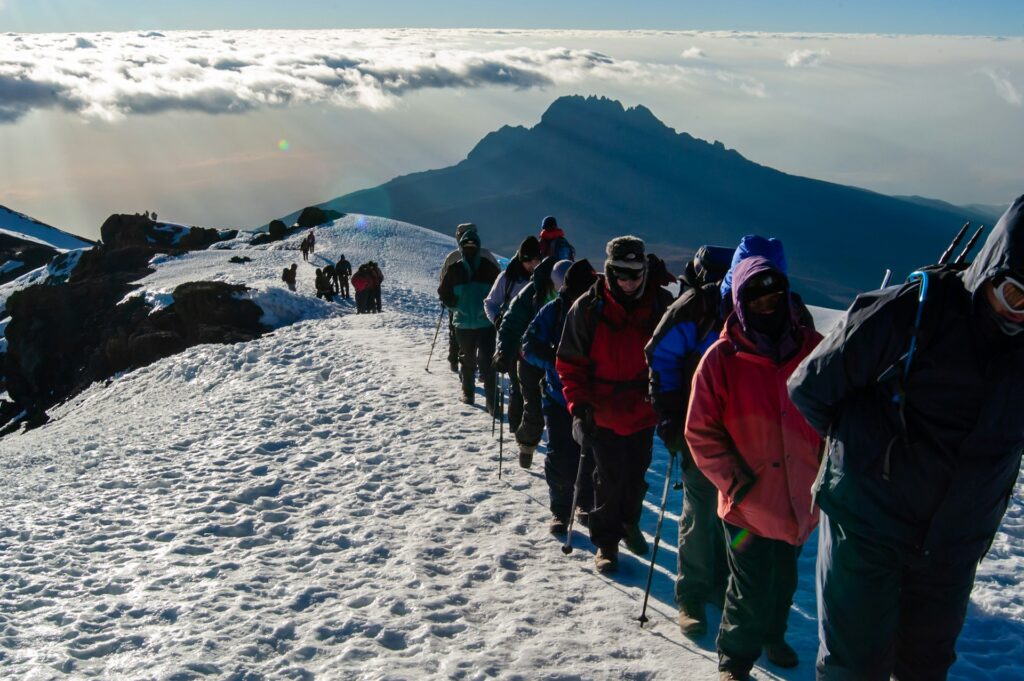
The Ngorongoro Crater
Known as ‘Africa’s Garden of Eden‘ and one of the seven natural wonders of Africa, the Ngorongoro Crater is a site to behold. A 12-mile-wide ecosystem within an ecosystem that was created by a volcanic eruption, this crater has some of the most fertile and rich grazing grounds in Africa, attracting wildlife galore. Tanzania’s northern safari circuit often combines the Serengeti with the Ngorongoro Crater, which increases your chances of seeing the big five. If you can, stay in a hotel on the crater’s rim for the most phenomenal views.
The crater floor spans roughly 100 square miles and sustains a remarkable balance of predator and prey, with approximately 25,000 large animals calling this ancient caldera home. The ecosystem is largely self-contained, though some animals do migrate in and out of the crater. What makes this location particularly special is the reliability of wildlife sightings—the crater’s walls create a natural enclosure that keeps most animals within its boundaries year-round.
This unique topography, combined with the presence of both fresh water and alkaline lakes, supports an incredibly diverse range of species, from thousands of pink flamingos at Lake Magadi to some of Africa’s last remaining black rhinos.

Lake Victoria
The largest tropical lake and the second largest freshwater lake in the world, Lake Victoria needs little more in the way of introduction. It’s also the source and mouth of the River Nile, its starting point, and the lifeblood of not only Tanzania but its neighbouring countries, too, extending into Uganda and Kenya. The lake offers plenty of opportunity for tourists to explore; there are several resorts housed on the lake’s islands, and fishing excursions a particular highlight.
The Rubondo National Park, at the south-west shores of the lake, is where you’ll satisfy your wildlife watching cravings. Here, wild chimpanzees call the island home (originally introduced from West Africa), as well as rhinos, hippos (whose dung is essential to the biodiversity of the lake), giraffes and plenty of water birds.
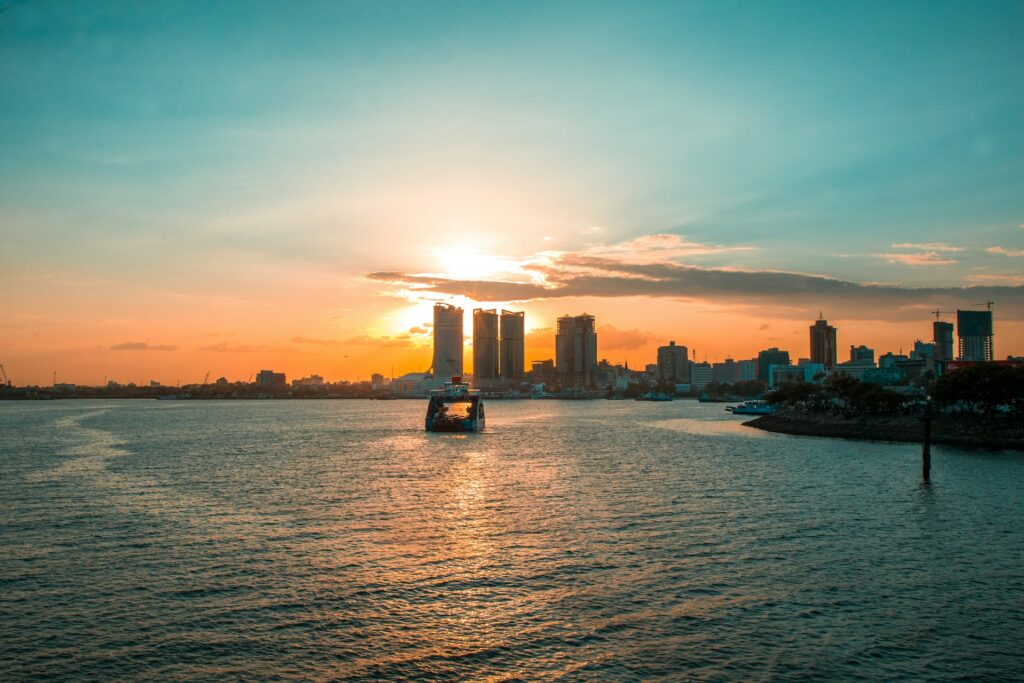
Dar es Salaam
Tanzania’s largest city and former capital, Dar es Salaam offers a vibrant urban counterpoint to the country’s wilderness experiences. This bustling coastal metropolis serves as both gateway to safari adventures and a destination worthy of exploration in its own right. The name means ‘Haven of Peace’ in Arabic, and despite its metropolitan energy, you’ll find pockets of tranquility throughout the city, particularly along its stunning Indian Ocean coastline.
The National Museum houses fascinating exhibits on Tanzania’s history and cultural heritage, while the nearby Village Museum showcases traditional dwellings from various Tanzanian tribes. Don’t miss the colourful chaos of Kariakoo Market, where locals barter for everything from fresh produce to textiles.
Don’t stop there; the culinarily curious should sample the city’s excellent street food scene, particularly the Zanzibari-influenced seafood. For those seeking relaxation after safari exertions, the northern beaches of Coco Beach and Msasani Bay offer pristine white sands and azure waters. Dar es Salaam also serves as the jumping-off point for trips to Zanzibar, with frequent ferry services connecting the mainland to the spice islands.
And if you’re looking for your next stop after all the wildlife watching, then Zanzibar, the semi-autonomous archipelago off Tanzania’s coast will offer something very different indeed. Check out our IDEAL reasons to visit Zanzibar for more!





